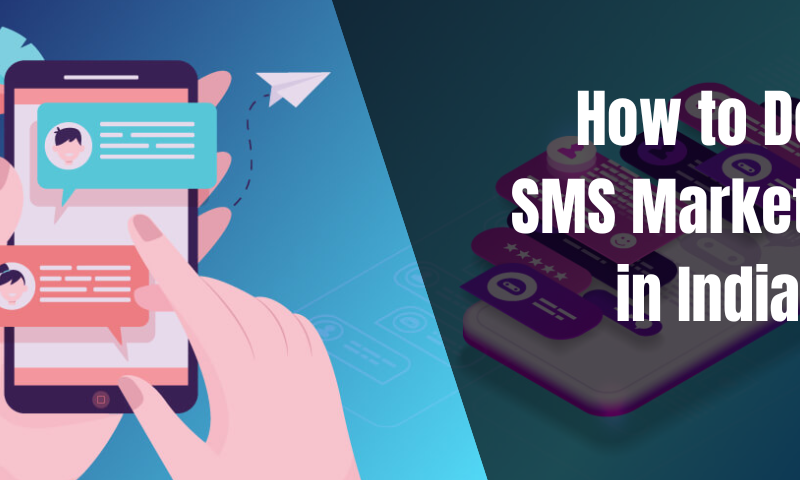
Native Advertising: Benefits and Disadvantages
In the era of banner blindness, when it’s becoming more and more challenging to reach your audience with traditional ads, native advertising is on the rise. Technology has altered the way consumers discover, assess, and purchase goods and services, ultimately elevating the significance of digital marketing. Today, best advertising agencies are using digital marketing techniques to make the consumer aware of their products, acquire customers, and increase their product’s reach to various market segments.
Native Advertising is the concept of designing ads that are so consistent with the page’s content, design, and platform behaviour that the viewer believes the ad belongs there. Native advertisements are tailored to the medium in which they appear. These advertisements have an editorial appearance and are less intrusive and aggressive than other forms of digital advertising. When promoting a product, cause or brand, native ads are widely utilized to provide additional information.
Benefits of Native Advertising
Aligned with marketing funnel:
Native ads are a great content distribution technique. Whatever type of content marketers want to promote, they can be sure it will reach the relevant audience with well-crafted native ads. A marketing funnel is a model that describes every stage of the buyer’s journey from the moment they discover the brand to conversion. Depending on the marketing funnel stage, there’s a specific type of content to support it. Creating top-of-the-funnel (TOFU) content that builds brand awareness, and by nurturing leads with middle-of-the-funnel (MOFU) content, one can gently drive them to the bottom of the funnel (BOFU). However, the final stage often requires personalized product-focused content used by the brand’s sales team.
Non-disruptive:
It’s a universal truth that people don’t like ads, especially if they are disrupting something. The number of active ad-blockers proves it. But well-crafted native ads have better reception. Studies show that people look at native ads 53% more frequently than display ads. The reason is that banner ads interrupt the browsing experience at every turn as they pop up, autoplay videos, dramatically increase page load time, and so on. Native advertising is drastically different as the ads match the form and the function of the website they appear within and thus make them as minimally intrusive as possible.
Brand awareness:
As mentioned before, native ads are extremely useful for promoting top-of-the-funnel content. But how people interact with this content matters the most for brand awareness. As native ads are woven into different types of content like educational, emotional, and visual, it has a great chance of going viral. Although people rarely share highly promotional content unless they’re marketers, many of them happily share useful or entertaining content. So, while marketers only pay for native ads to be shown, the readers might go further, sharing the content and promoting the brand for free.
Contributes to brand credibility:
Native advertising lets marketers distribute content and reach the widest possible audience. Along with building brand awareness, it’s a good opportunity to create a relationship that builds trust and loyalty among the customers. However, native ads don’t always look credible. Ultimately, it’s all about the content that is promoted with the ads. If it has no value to the reader, then it will not be of any use. However, quality content displayed on trustworthy websites will help establish a brand as a niche expert.
Effective:
Last, but not least, it’s effective. It’s the biggest reason to consider including native advertising in digital marketing strategy. Native advertising drives higher engagement than traditional display advertising. Native ads have higher acceptance rates, click-through rates, and purchase intent.
Disadvantages of Native Advertising
But when speaking about the benefits, one must also explore the disadvantages that native advertising brings to the table:
Performance measurement:
Measuring key performance indicators (KPIs) such as return on investment (ROI), effectiveness, and impact with native campaigns is challenging due to their unique format. However, with the right tools and analytics method, one can make up for the lack of unified standards and track metrics like impressions, CTR, and clicks to understand the campaign’s progress.
Requirement of time and talent:
As opposed to traditional ads, with native ads, one is seen as being not too pushy, making a sale without being over the top, presenting a product or service without disrupting the user experience and doing all that while spiking the consumer’s interest. It seems quite a fuss! This is why creating native ads requires multiple review rounds and collaboration from advertising professionals, marketing teams, copywriters, and designers.
Can be deceptive and unethical:
The discrete messaging in native ads can be deceptive at times, and dishonest messaging can be viewed as unethical. To avoid tricking the users into believing the advertisement is anything other than what it is, the usage of disclaimers like sponsored, paid, and ad is encouraged.



